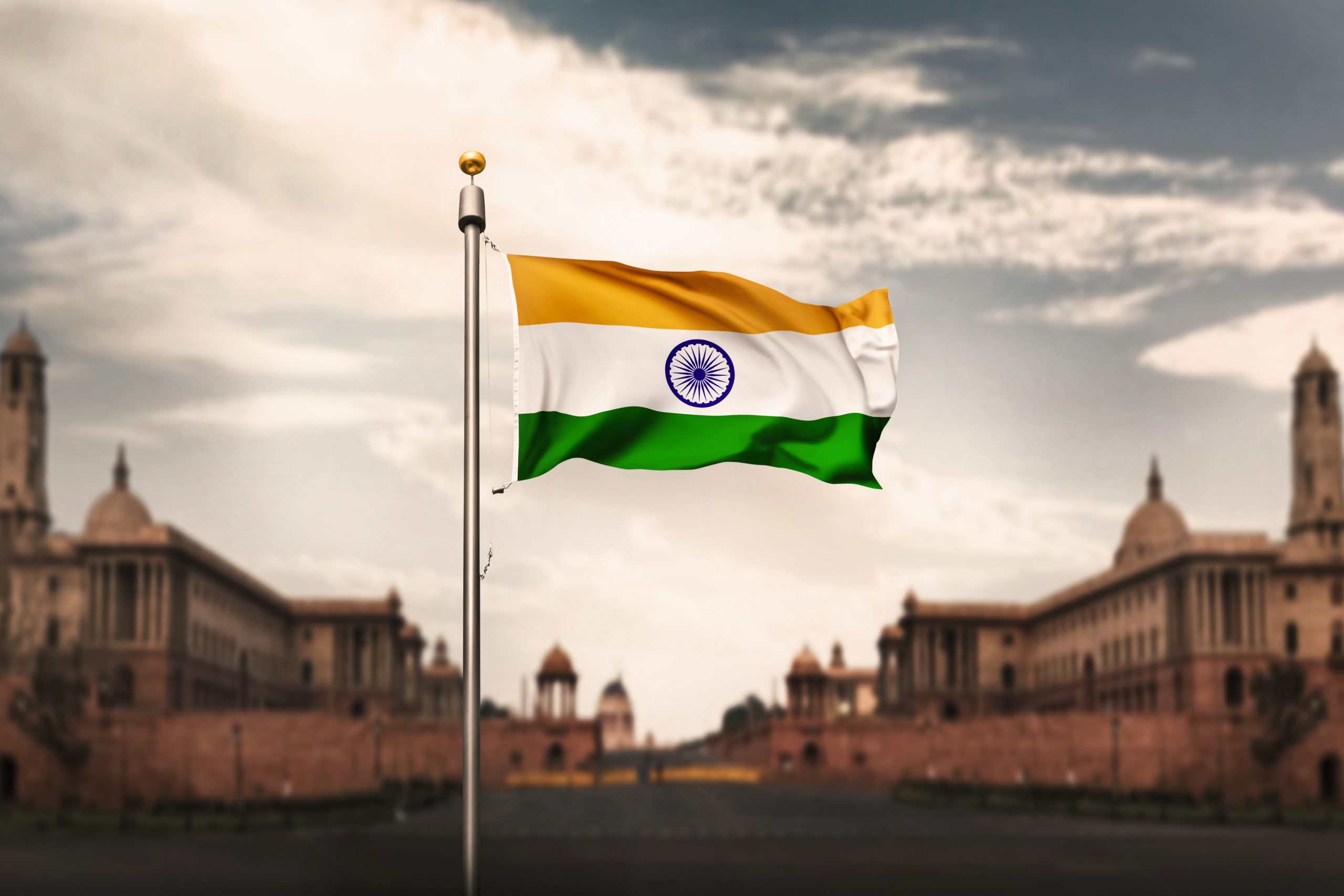According to the UN, more than 7% of the Indian population owns digital currencies. The use of crypto has grown at an unprecedented pace worldwide during the COVID-19 pandemic.
Crypto holdings in India
The UN trade and development body UNCTAD said developing countries accounted for 15 of the top 20 economies by 2021 in terms of the proportion of the population owning cryptocurrencies. Ukraine led the list with 12.7%, followed by Russia (11.9%), Venezuela (10.3%), Singapore (9.4%), Kenya (8.5%) and the US (8. 3%).
In India, 7.3 percent of the population owned digital currencies by 2021. This puts the country in seventh place in the list of the top 20 global economies for possession of digital currencies.
The global use of cryptocurrencies has increased exponentially during the COVID-19 pandemic, including in developing countries.
According to UNCTAD
3 policy notes published Wednesday state that while these private digital currencies have rewarded some, they are an unstable financial asset that also carries social risks and costs.
Limiting the risks
The policy letter entitled All that glitters is not gold: The high cost of leaving cryptocurrencies unregulated examines the reasons for the rapid introduction of cryptocurrencies in developing countries.
It said recent digital currency shocks in the market suggest there are risks to holding crypto. If the central bank steps in to protect financial stability, the problem becomes a public problem.
If cryptocurrencies become a global means of payment and can even replace domestic currencies, it could endanger the monetary sovereignty of countries.
According to the letter.
“In developing countries with unmet demand for reserve currencies, stablecoins pose particular risks. For some of these reasons, the International Monetary Fund has expressed the view that cryptocurrencies pose risks as legal tender.” So the letter continued.
The policy letter titled Public payment systems in the digital era: Responding to the financial stability and security-related risks of cryptocurrencies focuses on the implications of cryptocurrencies for the stability and security of monetary systems.
It is claimed that a domestic digital payment system that serves as a public good could fulfill at least some of the reasons for using cryptocurrencies. This could limit the expansion of cryptocurrencies in developing countries. For example, monetary authorities could provide a central bank digital currency or a fast retail payment system.
Regulate cryptocurrencies
Given the risk of further widening the digital divide in developing countries, UNCTAD is urging authorities to enforce the issuance and distribution of cash.
The policy letter entitled The cost of doing too little too late: How cryptocurrencies can undermine domestic resource mobilization in developing countries discusses how cryptocurrencies have become a new means of undermining domestic resource mobilization in developing countries.
While cryptocurrencies can facilitate money transfers, they can also facilitate tax evasion through illicit flows. In addition, cryptocurrencies are not easy to identify.
In this way, cryptocurrencies can also curb the effectiveness of capital controls. This is an important tool for developing countries to maintain their policies and macroeconomic stability.
According to the letter.
UNCTAD urged authorities to take measures to curb the expansion of cryptocurrencies in developing countries. Authorities must, among other things, ensure comprehensive financial regulation of cryptocurrencies by regulating digital wallets and decentralized finance. In addition, they must prohibit regulated financial institutions from holding cryptocurrencies or offering related products to customers.
